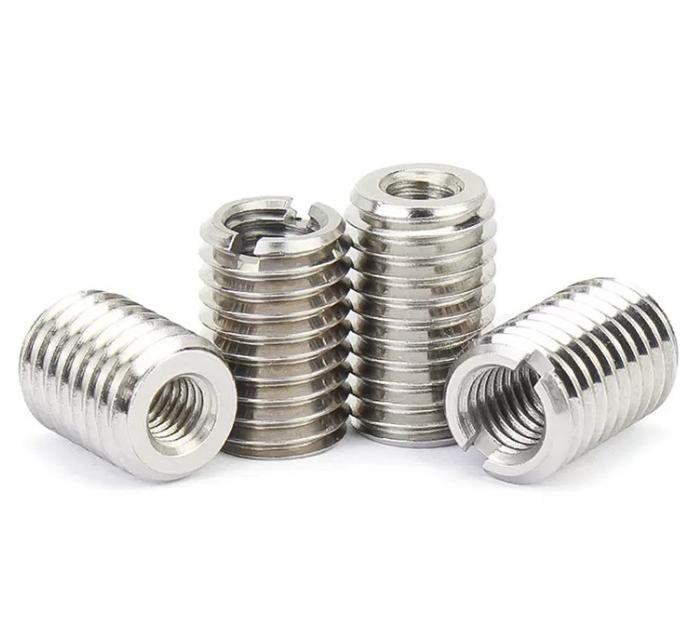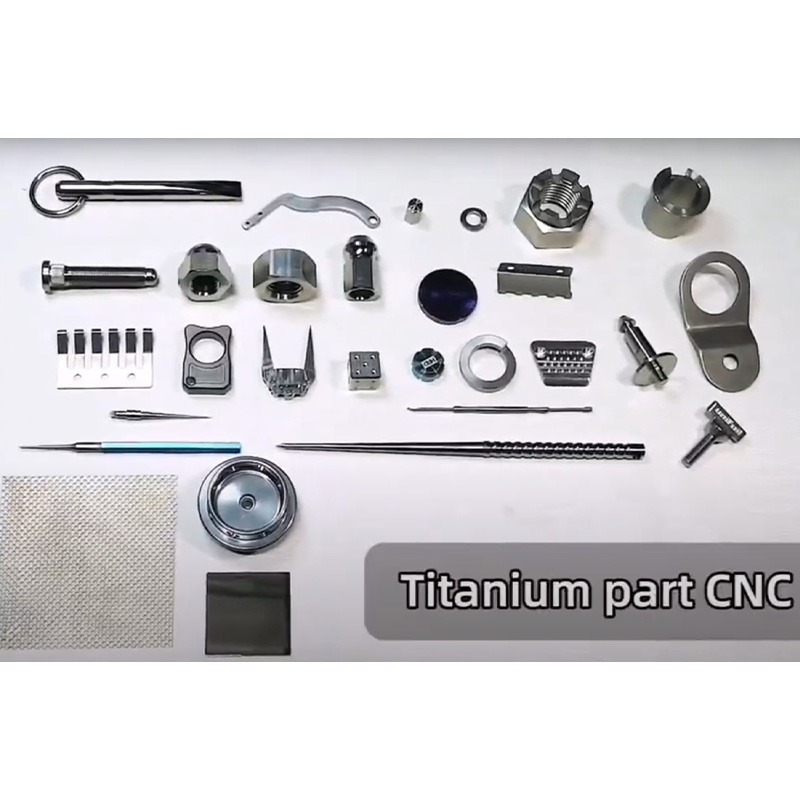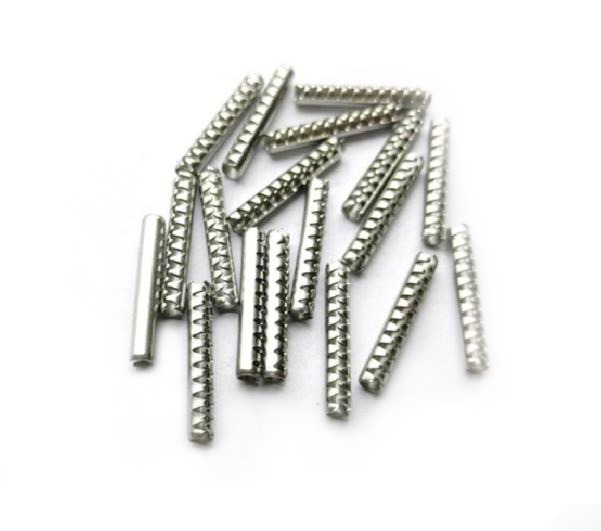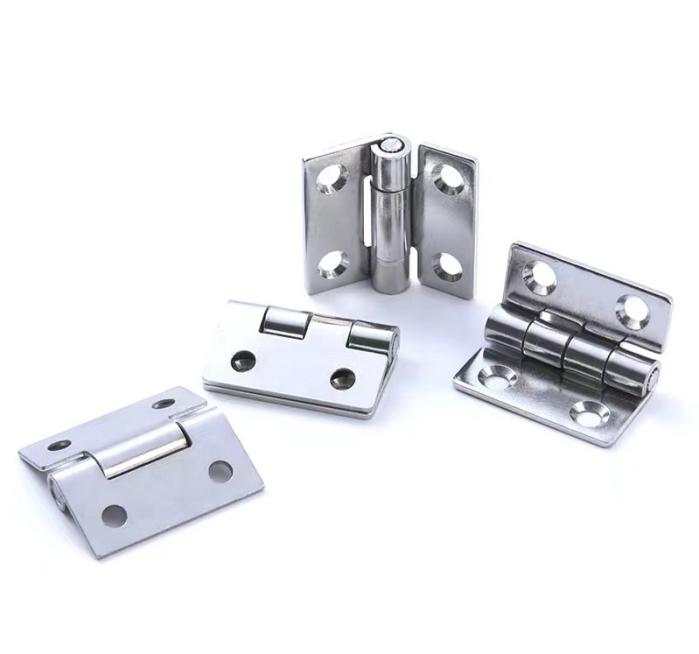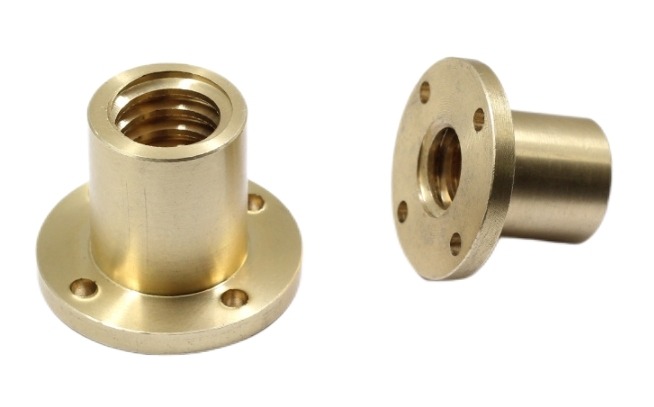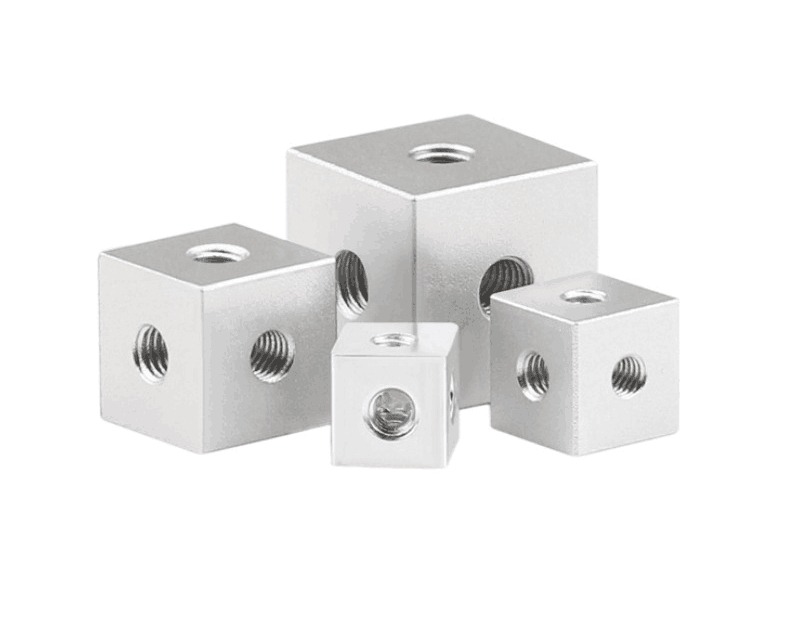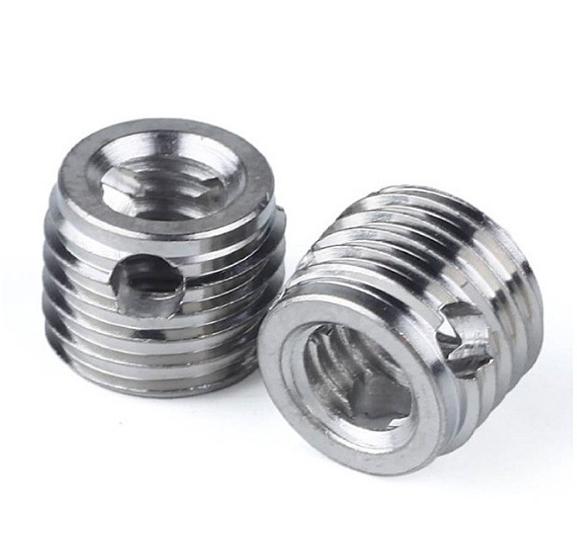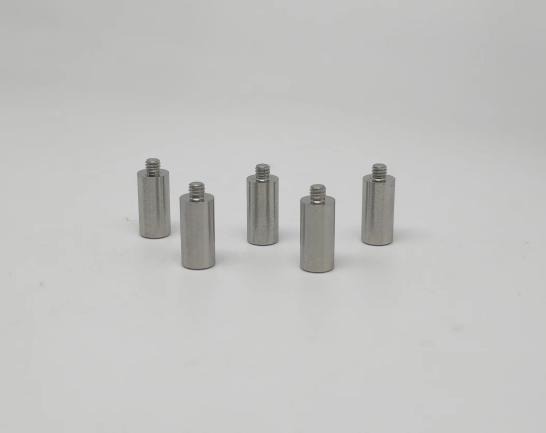Key High-Speed Machining Techniques for Micro-Scale Components
In the ever-changing manufacturing landscape, the need for micro-scale components with unsurpassed precision has increased tremendously. Achieving high-speed machining while preserving extreme precision at the micro-scale components involves the use of innovative techniques and cutting-edge technologies. This article explores the forefront of manufacturing advancements, delving into the techniques and technologies that propel high-speed machining to new heights while ensuring the accuracy required for micro-scale components.
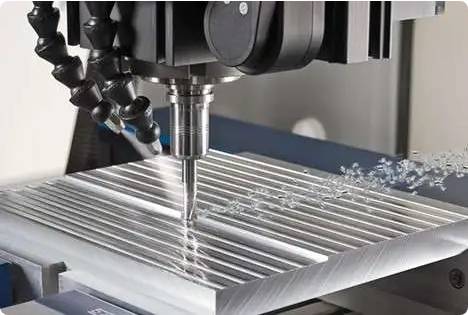
1. Micro-Machining: A Paradigm of Precision High-speed Machining
| Aspect | Description |
| Definition | Precision machining at the micro-scale typically involves features with dimensions less than 1 mm. |
| Applications | Production of miniature components for electronics, medical devices, aerospace, and more. |
| Materials Processed | Metals, alloys, ceramics, polymers, and composite materials. |
| Tooling | Specialized micro-tools, including micro-end mills, drills, and electrodes. |
| Machining Techniques | Micro-milling, micro-turning, micro-drilling, micro-EDM (Electrical Discharge Machining), and laser micromachining. |
| Precision and Tolerances | Extremely high precision, often with tolerances in the micrometer range. |
| Challenges | Tool breakage, heat dissipation, chip evacuation, and maintaining dimensional accuracy. |
| Tool Wear and Friction | Micro-machining is sensitive to tool wear and friction, requiring careful monitoring and control. |
| Surface Finish | Achieving high-quality surface finishes is crucial due to the small scale of features. |
| Applications in Industries | Electronics (microelectronics), medical devices, aerospace, automotive, and precision manufacturing. |
| Advancements in Technology | Advancements in CNC technology, tool materials, and cutting strategies have improved micro-machining capabilities. |
| Research Areas | Nanotechnology integration, development of new materials for micro-machining, and process optimization. |
| Future Trends | Increasing demand for miniaturized components, growth in medical micro-machining, and continued technological advancements. |
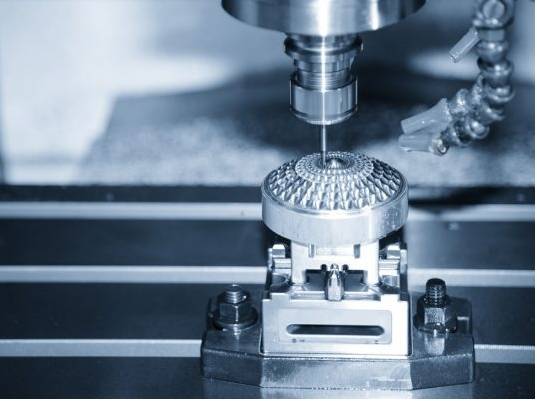
2. Advanced CNC High-speed Machining
| Aspect | Description |
| Definition | Advanced CNC high-speed machining refers to the use of Computer Numerical Control technology for precision machining at elevated speeds and feeds. |
| Applications | Used in aerospace, automotive, medical, and other industries for efficient production of complex components with high precision. |
| Advantages | Increased productivity, reduced cycle times, improved surface finish, extended tool life, and enhanced efficiency in material removal. |
| Materials Processed | Commonly used for metals (aluminum, titanium, stainless steel), plastics, and composite materials. |
| Tooling | Specialized high-speed cutting tools with advanced coatings and designs to withstand increased speeds and temperatures. |
| Machining Techniques | High-speed milling, turning, drilling, and multi-axis machining to achieve complex geometries. |
| Cutting Speeds | Exceeds traditional machining speeds, often measured in meters per minute (m/min) or surface feet per minute (sfm). |
| Feed Rates | Higher feed rates, ensuring more material removal per unit of time. |
| Coolant and Lubrication | Advanced coolant systems and lubrication strategies to dissipate heat generated during high-speed machining. |
| CNC Toolpath Optimization | Utilizes advanced CAM software for optimized toolpath planning to minimize tool engagement and maximize efficiency. |
| Challenges | Heat generation, tool wear, tool breakage, and the need for precise control over the machining process. |
| Tool Material Advances | Utilization of advanced tool materials, including carbide and ceramic composites, to withstand high-speed machining conditions. |
| Spindle Technology | High-speed spindles with precision bearings, cooling systems, and rigid structures to handle increased rotational speeds. |
| Vibration Damping Systems | Integration of vibration damping systems to maintain stability during high-speed machining and reduce tool chatter. |
| Precision Machining | Enables the production of intricate and detailed components with high accuracy and surface finish. |
| Energy Efficiency in CNC Machining | Efficient material removal, reducing energy consumption compared to traditional machining. |
| Applied Industries | Aerospace, automotive, medical, electronics, and other precision engineering industries. |
| Cost Considerations | Initial investment in advanced CNC high-speed machining equipment and tooling; potential cost savings in production and efficiency. |
| Automation and Industry 4.0 Integration | Increasing integration with automation systems and Industry 4.0 technologies for smart manufacturing. |
| Research and Innovation | Ongoing research to improve cutting strategies, toolpath optimization, and overall efficiency in advanced CNC high-speed machining. |
| Future Trends | Continued advancements in cutting tool technology, machine tool design, and integration with smart manufacturing trends. |
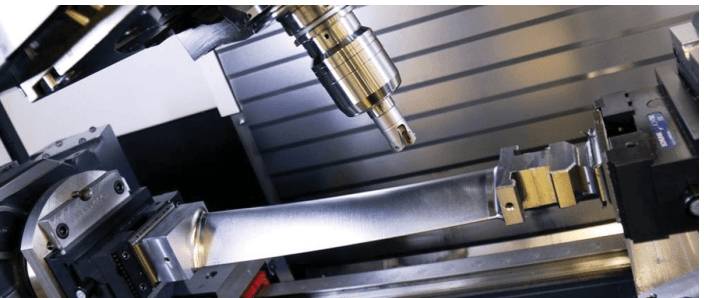
3. High-Speed Machining (HSM)
| Aspect | Description |
| Definition | High-speed machining (HSM) is a machining technique that involves cutting at significantly higher speeds and feeds compared to traditional machining processes. |
| Applications | Used for the production of precision parts in aerospace, automotive, die/mold, and medical industries. |
| Advantages | Increased productivity, reduced cycle times, improved surface finish, and extended tool life. |
| Materials Processed | Commonly used for metals such as aluminum, titanium, and stainless steel; also applicable to certain plastics and composites. |
| Tooling | Specialized high-speed cutting tools with advanced coatings and designs to withstand increased speeds and temperatures. |
| Machining Techniques | High-speed milling, turning, drilling, and electrical discharge machining (EDM). |
| Cutting Speeds | Exceeds traditional machining speeds, often measured in meters per minute (m/min) or surface feet per minute (sfm). |
| Feed Rates | Higher feed rates, ensuring more material removal per unit of time. |
| Coolant and Lubrication | Critical for dissipating heat generated at high speeds; use of advanced coolant systems and lubricants. |
| Toolpath Optimization | Utilizes advanced CAM software for optimized toolpath planning to minimize tool engagement and maximize efficiency. |
| Challenges | Heat generation, tool wear, tool breakage, increased machine tool wear, and the need for rigid machine structures. |
| Tool Material Advances | Advancements in tool materials, including carbide and ceramic composites, to withstand high-speed machining conditions. |
| Spindle Technology | High-speed spindles with precision bearings and cooling systems to handle increased rotational speeds. |
| Vibration Damping Systems | Integration of vibration damping systems to maintain stability during high-speed machining. |
| Precision Machining | Enables the production of intricate and detailed components with high accuracy and surface finish. |
| Energy Efficiency | Efficient material removal, reducing energy consumption compared to traditional machining. |
| Industries Using HSM | Aerospace, automotive, medical, and other industries requiring high-precision components. |
| Cost Considerations | Initial investment in high-speed machining equipment and tooling; potential cost savings in production and efficiency. |
| Future Trends | Continued advancements in cutting tool technology, machine tool design, and integration with Industry 4.0 for smart manufacturing. |
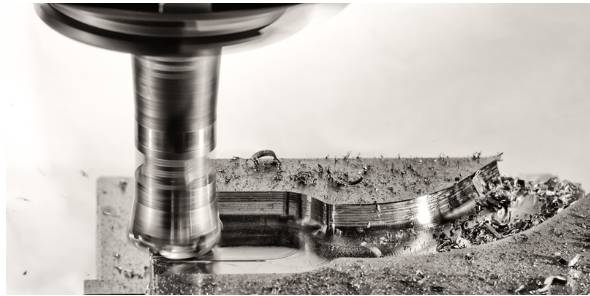
4. Micro-EDM (Electrical Discharge Machining) for High-speed Machining
| Aspect | Description |
| Definition | Micro-EDM is a non-traditional machining process that utilizes electrical discharges to remove material at the micro-scale. |
| Applications | Fabrication of micro-sized features in molds, dies, sensors, microelectromechanical systems (MEMS), and medical devices. |
| Materials Processed | Conductive materials such as metals (steel, titanium, tungsten), alloys, and advanced materials like ceramics. |
| Tooling | Electrodes made of conductive materials (copper, graphite) are used to generate electrical discharges for material removal. |
| Machining Techniques | Sinking (die-sink) micro-EDM and wire micro-EDM for cutting complex shapes at the micro-scale. |
| Accuracy and Precision | High precision achievable with tolerances in the micrometer range; suitable for intricate and detailed features. |
| Surface Finish | Can achieve very fine surface finishes, reducing the need for additional finishing processes. |
| Advantages | Capable of machining complex and intricate shapes, high accuracy, minimal tool wear, and applicability to hard and brittle materials. |
| Challenges | Slow material removal rate, thermal effects, and the need for precise control over the electrical discharge process. |
| Dielectric Fluids | Use of dielectric fluids (typically deionized water) to facilitate the electrical discharge and cool the workpiece. |
| Electrode Wear | Micro-EDM is less affected by electrode wear compared to traditional EDM due to smaller discharge energies. |
| Applications in Industries | Tool and die manufacturing, aerospace, medical device fabrication, electronics, and microengineering. |
| Tool Path Planning | Advanced CAM software is used for tool path planning to achieve the desired shape and dimensions at the micro-scale. |
| Micro-Hole Drilling | Micro-EDM is utilized for precision micro-hole drilling applications in various industries. |
| Automation Potential | Integration with automation systems for improved efficiency in micro-EDM processes. |
| Energy Consumption | Typically lower energy consumption compared to traditional machining for micro-scale features. |
| Research and Innovation | Ongoing research to improve material removal rates, reduce thermal effects, and enhance the overall efficiency of micro-EDM. |
| Future Trends | Integration with Industry 4.0 technologies, advancements in electrode materials, and increased automation for micro-EDM processes. |
5. Laser Micromachining for High-speed Machining
Laser micromachining is the use of laser beams to remove material with accuracy on a micro-scale. This technique is perfect for creating delicate features and small details since it is non-contact, decreases tool wear, and allows for fast processing.
6. Advanced Tooling Materials for High-speed Machining
The selection of tooling materials is critical in micro-scale machining. Advanced materials, such as polycrystalline diamond (PCD) and cubic boron nitride (CBN) tools, offer superior hardness and wear resistance, allowing for high-speed machining while maintaining precision in micro-scale component production.
7. Micro-Cutting Fluids and Lubrication in High-speed Machining
The application of micro-cutting fluids and lubrication systems plays a crucial role in high-speed machining. These systems help dissipate heat, reduce friction, and enhance tool life, ensuring consistent precision in micro-scale components even under accelerated machining conditions.
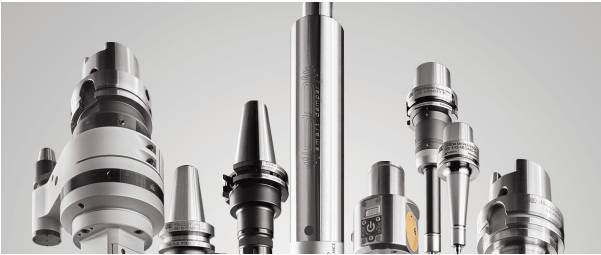
8. In-Situ Metrology and Inspection for High-speed Machining
Real-time metrology and inspection tools integrated into machining setups provide immediate feedback on the quality and accuracy of micro-scale components. In-situ measurements enable rapid adjustments, ensuring that the machining process stays within the specified tolerances.
9. 4-Axis Machining and 5-Axis High-speed Machining
To achieve intricate geometries and complex features in micro-scale components, 4-axis and 5-axis machining capabilities are required. These multi-axis systems enable simultaneous tool movement in multiple directions, increasing the possibilities for precision machining in micro-scale applications.
Conclusion
Achieving high-speed machining and precision in micro-scale components requires a careful balance of advanced techniques and cutting-edge technologies. These techniques promise a future in which micro-scale components are manufactured with extraordinary precision and efficiency. Embracing these developments not only addresses the needs of present industries but also paves the way for ground-breaking advances in fields ranging from electronics and medical devices to aerospace.

